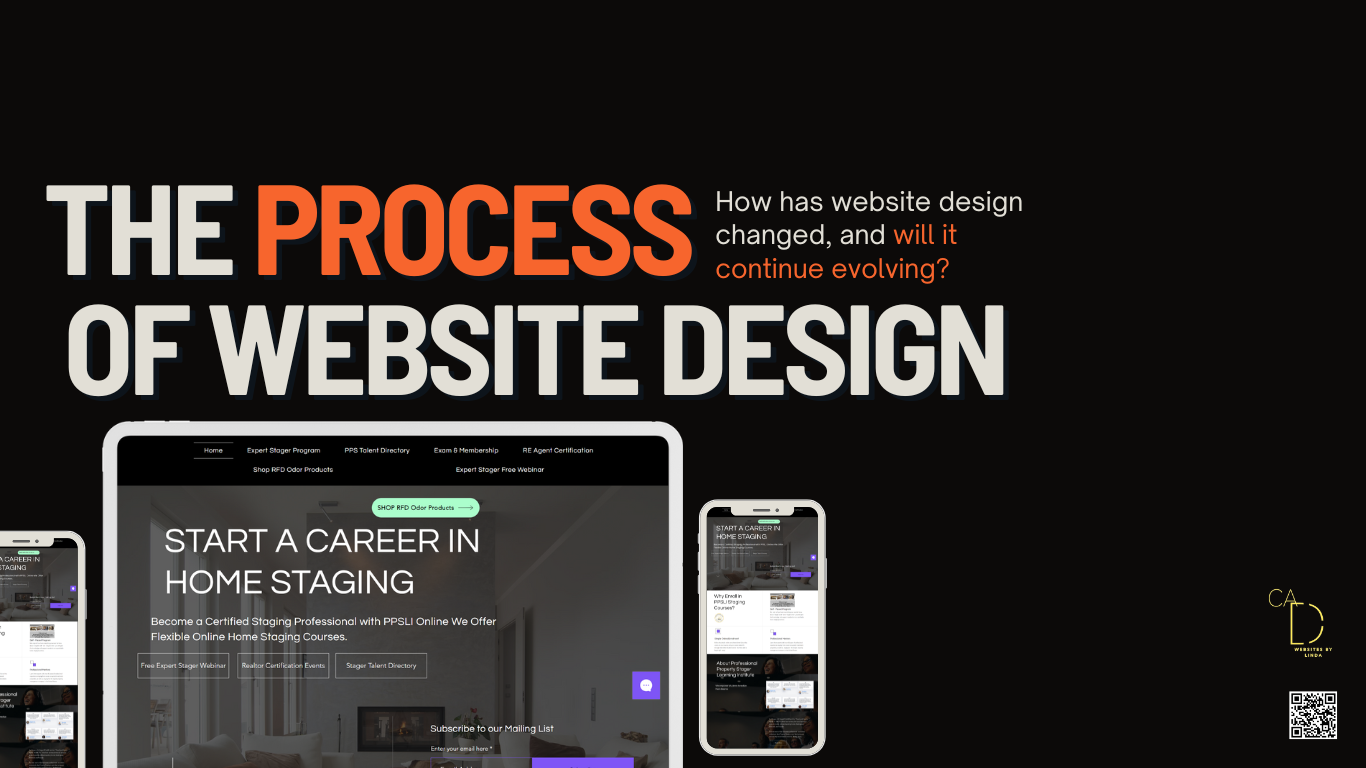

Compelling 'About Us' Pages: Balance informative content with engaging storytelling.
Design Systems and Style Guides: Creating comprehensive design systems and style guides to maintain consistency and coherence across web projects and teams.
Web Assembly for Performance Optimization: Utilizing Web Assembly for performance optimization, enabling web applications to run faster and more efficiently.
Inclusive and Diverse Design: Incorporating design elements that represent a wide range of user demographics, promoting inclusivity and diversity.
Gamification in Web Design: Integrating game elements into web design to increase engagement, motivation, and user retention.
Skeuomorphism in Modern Web Design: Revisiting skeuomorphism, which mimics real-world textures and objects in digital design, potentially blending with other design trends for unique aesthetics.
Design for Conversion Rate Optimization (CRO): Focusing on design elements that increase the likelihood of converting visitors into customers or leads.
Conversion Optimization: The strategic implementation of design elements to guide users towards desired actions like subscribing, purchasing, or contacting a business.
Dark Mode Design: Offers aesthetic appeal and user preference for lower light settings.
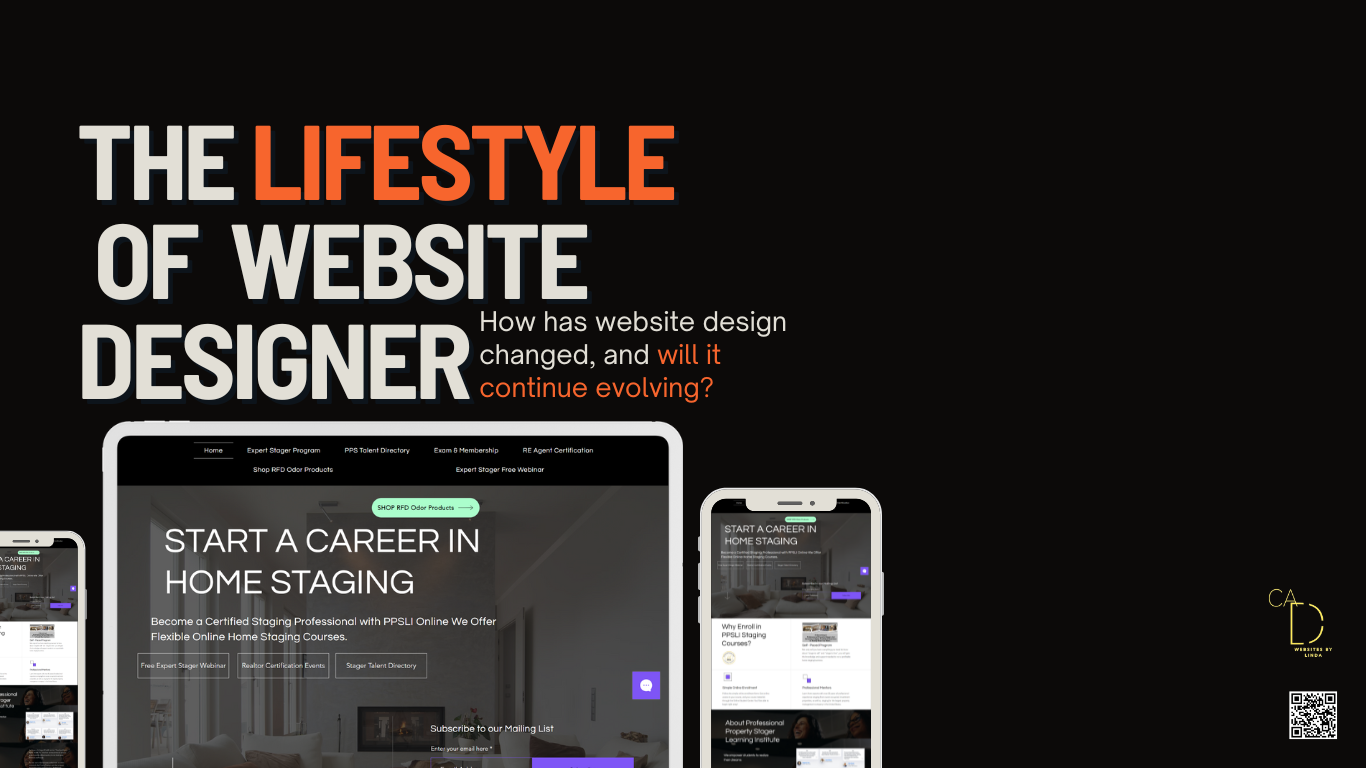
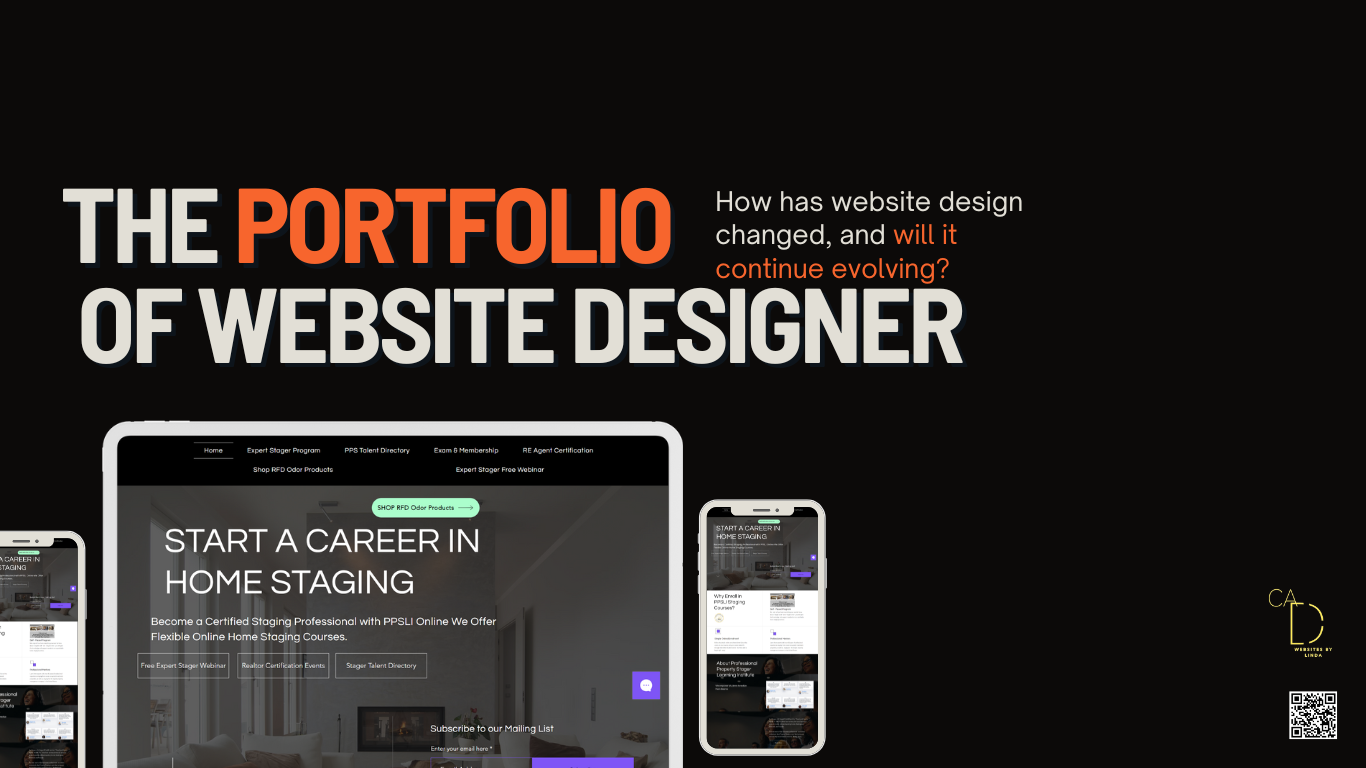
Website Load Time and Performance: Critical for user experience and SEO, achieved through optimization techniques.
Bespoke Typography in Branding: Creating custom typography for branding, ensuring unique and distinctive brand representation on the web.
Contextual User Interfaces: Designing user interfaces that adapt to the user's context, providing relevant information and functionality based on their location, time of day, or activity.
Website Footer Design: Provides additional navigation and information, contributing to usability.
E-Commerce Customer Retention: Focuses on a user-friendly shopping experience for repeat visits and purchases, emphasizing personalization and user experience optimization.
Brand Storytelling in Web Design: Using web design as a medium for compelling brand storytelling, creating emotional connections with users through narrative and visuals.
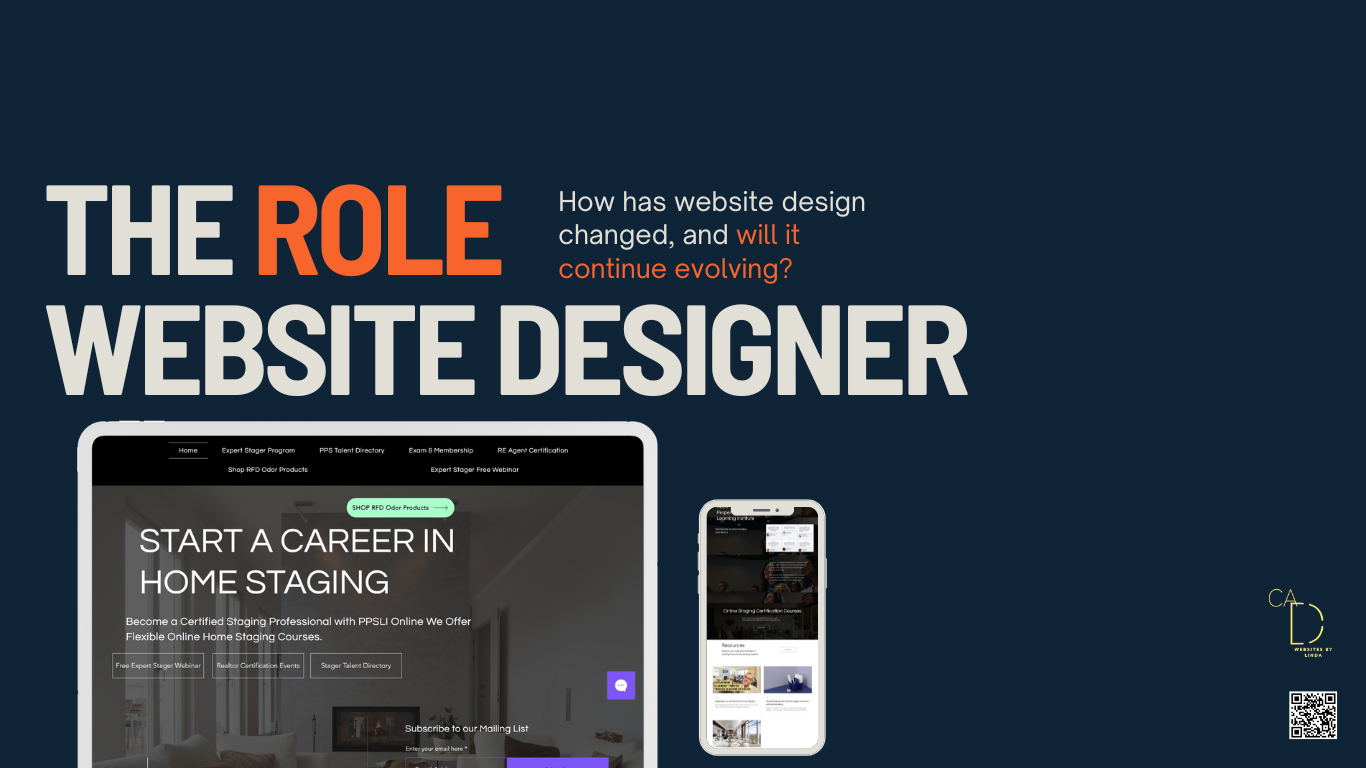

Law Firm Website Design: Requires a focus on professionalism and credibility, featuring extensive content like attorney profiles and case studies, organized in a user-friendly manner.
CSS Grids: Revolutionize layout design, allowing for more creative and efficient designs.
CDNs in Web Performance: Improve speed and reliability, especially for global audiences.
Voice Search Optimization: Adapting content for voice queries, enhancing local SEO.
Internet Accessibility and Digital Divide Issues: Addressing the digital divide by designing for accessibility, ensuring web experiences are available to users regardless of their internet quality or device capabilities.
Responsive Design Imagery: On one side, we see the artwork smoothly transitioning into different forms and layouts, symbolizing responsive design adapting to various devices like smartphones, tablets, and desktops.
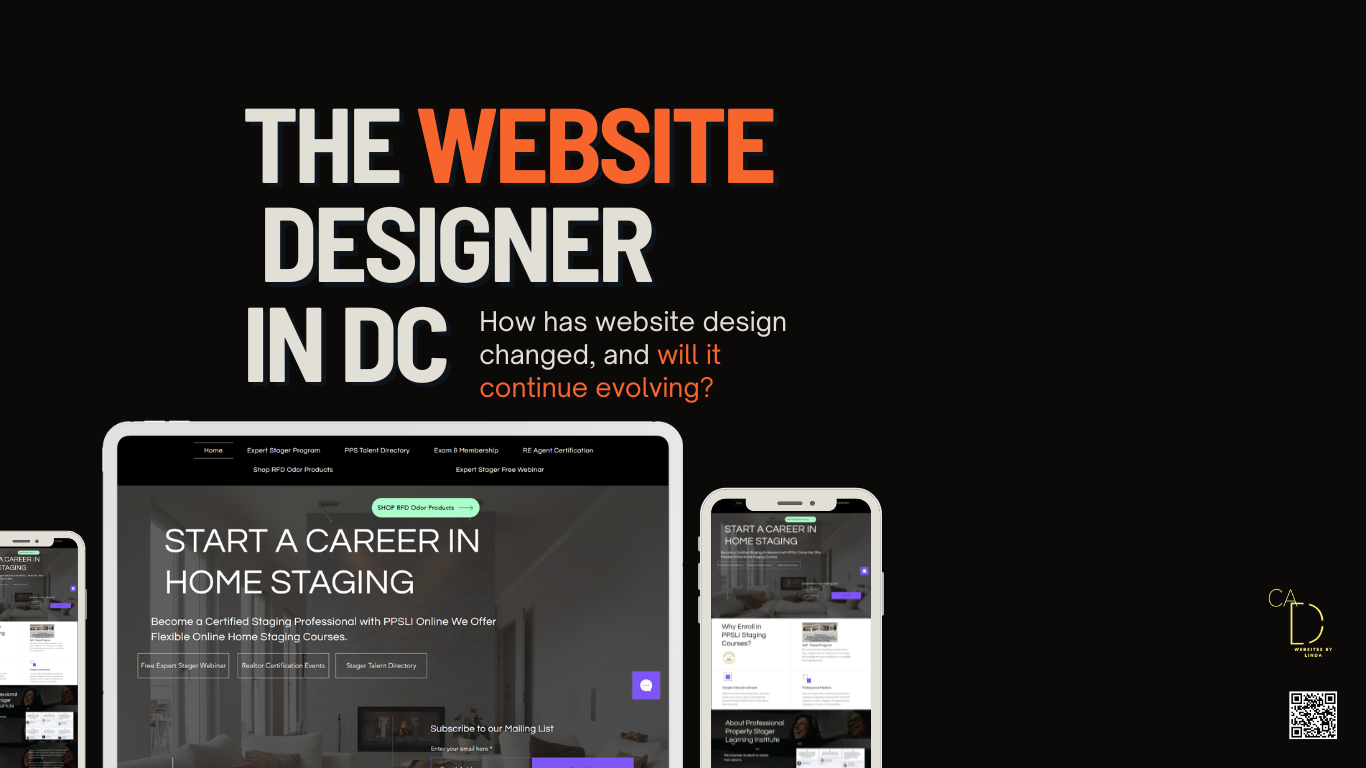
Hourly Rate Reasonably skilled freelance web designers make about $75 per hour. This figure can vary, though, according to CSS-Tricks. Website Builder Expert estimates that the cost to design a website is $30 to $80 per hour, while the cost to actually develop the website is $100 to $180 per hour.
A web designer creates the layout and design of a website. In simple terms, a website designer makes a site look good. They use design programmes to create visual elements and usually have expertise in user interface (UI), which means they strategically design a site that's intuitive and easy for visitors to navigate.
Google Web Designer is a free software tool available for download on both Windows and Mac computers. It does not have any subscription plans or pricing tiers, and users can access all of its features and functionality at no cost.